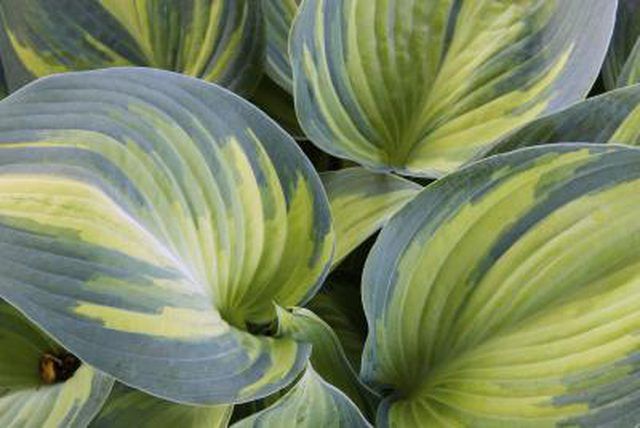Bulbs
Flower Basics
Flower Beds & Specialty Gardens
Flower Garden
Garden Furniture
Garden Gnomes
Garden Seeds
Garden Sheds
Garden Statues
Garden Tools & Supplies
Gardening Basics
Green & Organic
Groundcovers & Vines
Growing Annuals
Growing Basil
Growing Beans
Growing Berries
Growing Blueberries
Growing Cactus
Growing Corn
Growing Cotton
Growing Edibles
Growing Flowers
Growing Garlic
Growing Grapes
Growing Grass
Growing Herbs
Growing Jasmine
Growing Mint
Growing Mushrooms
Orchids
Growing Peanuts
Growing Perennials
Growing Plants
Growing Rosemary
Growing Roses
Growing Strawberries
Growing Sunflowers
Growing Thyme
Growing Tomatoes
Growing Tulips
Growing Vegetables
Herb Basics
Herb Garden
Indoor Growing
Landscaping Basics
Landscaping Patios
Landscaping Plants
Landscaping Shrubs
Landscaping Trees
Landscaping Walks & Pathways
Lawn Basics
Lawn Maintenance
Lawn Mowers
Lawn Ornaments
Lawn Planting
Lawn Tools
Outdoor Growing
Overall Landscape Planning
Pests, Weeds & Problems
Plant Basics
Rock Garden
Rose Garden
Shrubs
Soil
Specialty Gardens
Trees
Vegetable Garden
Yard Maintenance
How to Transplant Hostas
How to Transplant Hostas. Broad, variegated leaves and bell-shaped flowers dangling from tall stalks make hostas (Hosta spp.) dramatic additions to a shade garden. Also called plantain lilies, hostas grow in U.S. Department of Agriculture plant hardiness zones 3 through 9, depending on the variety. These low-maintenance ornamentals are...

Broad, variegated leaves and bell-shaped flowers dangling from tall stalks make hostas (Hosta spp.) dramatic additions to a shade garden. Also called plantain lilies, hostas grow in U.S. Department of Agriculture plant hardiness zones 3 through 9, depending on the variety. These low-maintenance ornamentals are exceptionally easy to divide and transplant. Although a transplant may show signs of damage at first, it will be lush and bushy by the following season.
Planning Stages
Hostas can be transplanted at any time of year, but spring and early summer are the best choices. Later in the year, the plants will be bushy, heavy and difficult to handle. Ideally, the leaf spikes -- the green new growth emerging from the crown -- should be 1 to 3 inches tall before you move the plants.
Preparing to Move
Before you unearth hostas, prepare the garden bed in the new spot. Hostas need well-drained soil amended with manure or compost. Raised beds are the best place for hostas because of their excellent drainage. Dig a hole twice as deep as the root ball and twice as wide as the diameter of the plant.
Start Digging
Cut back any leaves on the hosta plants with a pair of sharp scissors to keep the stems from breaking during the move. Because hostas have relatively shallow roots, you won't have to dig deep. Dig around each hosta in a wide circle to preserve as many roots as possible. Lift the whole plant up and move it on to a tarp.
Doing Division
Although it is not necessary for the health of the plant, you can divide a mature hosta into several pieces. If you wish to spread the hosta around your garden, place the transplant on a level surface. Use a sharp shovel to cut through the root ball vertically. You can break a single plant into several smaller plants, but make sure you have a bit of crown attached to each piece. Gently pull apart the roots using your fingers.
Caring for Transplants
Put the transplanted hosta in the new hole at the same level it was in its original location. Fill in the hole with soil and tamp it down gently. Surround the hosta with a 2-inch layer of mulch -- bark, leaf or compost -- but leave a 1 inch space between the base of the plant and the mulch. For the next four to five weeks, monitor the transplant carefully. Keep the soil moist, but don't allow the soil to stay waterlogged.